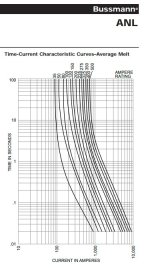I have a question for our wonderful brain trust. I am finally trying to finalize my electrical system before panel build. When I look at the AeroConnection drawings for the supply wires from the battery contactor to the supply buses, I am not seeing any protection for those wires. Is that correct? So, the #8, #10. and #12 wires going into the aircraft to either fuse boxes or breaker panels have no protection?
Also, while I have you here, what's the proper ANL fuse on the b lead for a 60amp alternator? I've seen 60, 70, and 80 amps.
Thanks guys!
Also, while I have you here, what's the proper ANL fuse on the b lead for a 60amp alternator? I've seen 60, 70, and 80 amps.
Thanks guys!


